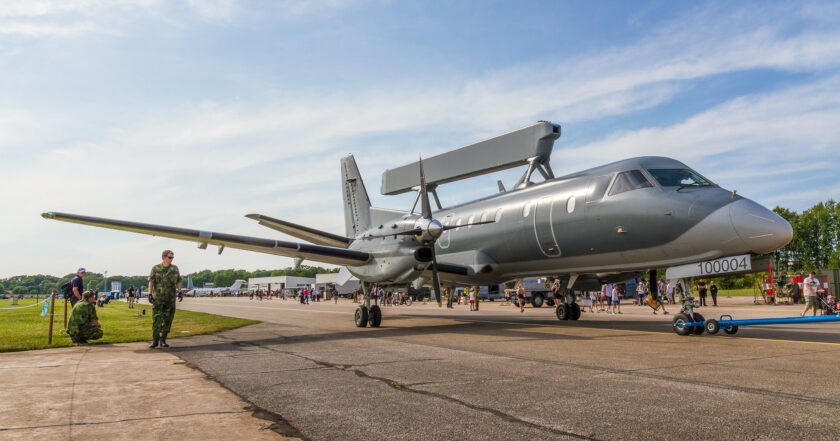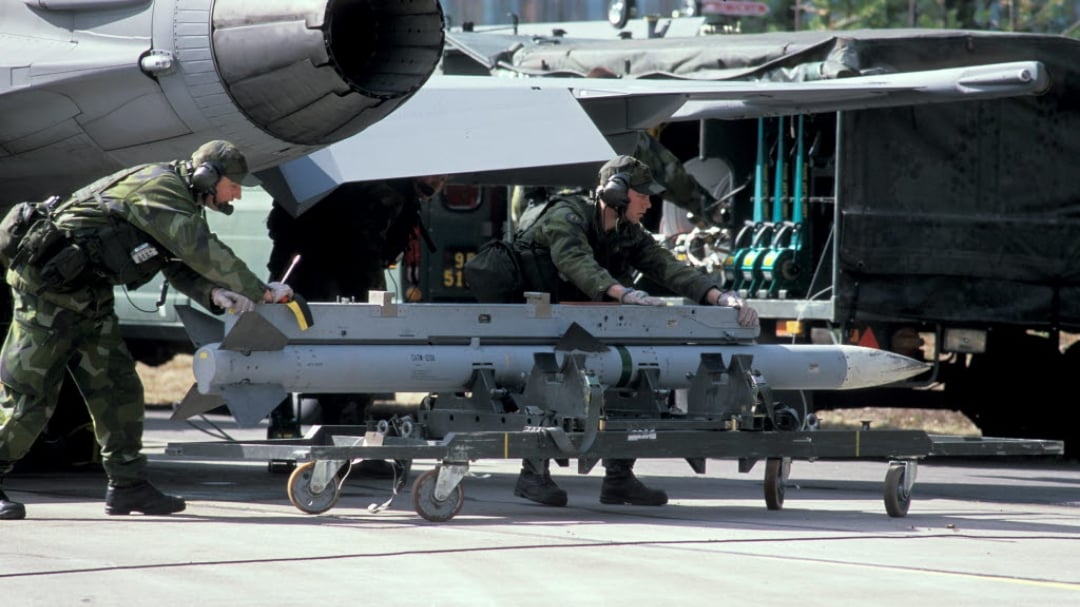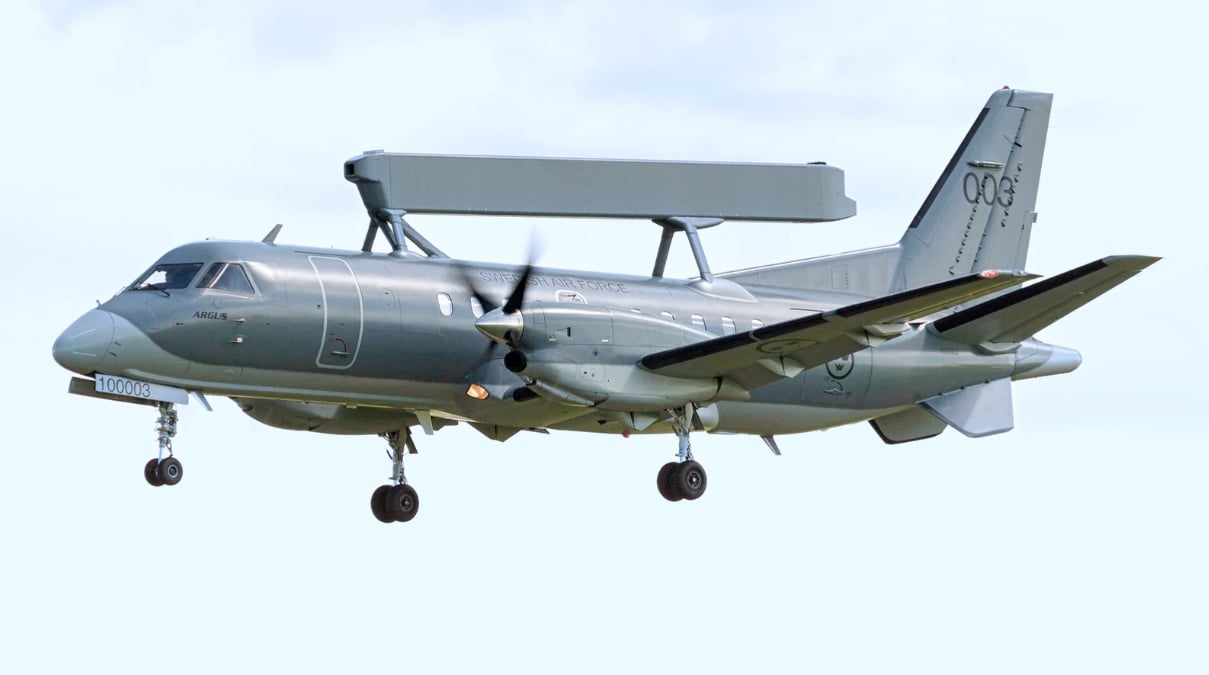United to win: Sweden donates over $1 bln in largest military aid package to Ukraine

Photo: flickr.com
Sweden will allocate 13.3 billion kroner (more than a billion dollars) to Ukraine, the largest aid package since the beginning of the full-scale Russian invasion.
The Swedish government reports this.
The package included:
- aerial surveillance and control aircraft (ASC 890) to strengthen Ukrainian air defense,
- the entire Swedish stock of PBV 302 armored personnel carriers.
According to the Swedish government, the ASC 89 aircraft will allow Ukraine to detect and strike air and sea targets at a long distance.
In addition, the aid package will include advanced medium-range air-to-air missiles RB 99-AMRAAM, which can be used from both aircraft and ground-based air defense systems.

Air-to-air missile Rb 99 (AIM-120). Photo: Armed Forces of Sweden
Rb 99 is a licensed version of the American AIM-120B missile (AMRAAM) with a launch range of up to 70 kilometers, previously assembled in Sweden.
Sweden will also provide additional 155-mm artillery shells and resources to maintain previously provided equipment.
It should be noted that the Swedish government agreed to create a three-year framework program of military support for Ukraine from 2024 to 2026, with a total amount of SEK 75 billion (over EUR 6 billion).
These funds will be spent on long-term donations of additional military equipment and the purchase of new ones for direct delivery to Ukraine.
Then, the Swedish Prime Minister emphasized that his country would support Ukraine "as much as it is necessary." In total, since the beginning of the full-scale invasion of the Russian Federation in February 2022, Sweden has provided Ukraine with SEK 43.5 billion (about $4.13 billion) in aid.
For reference:
The ASC 890 aircraft will provide Ukraine with entirely new opportunities for aerial radar reconnaissance and combat control of targets in the air and at sea.
Ukraine's ability to detect and combat targets at significant distances will also increase.

Photo: flickr.com
These onboard technologies allow the aircraft to distinguish between objects and ships better than traditional radar.
Presumably, the direct use of these aircraft over Ukraine's territory will not be due to the threat of damage, but they will be able to fly in the airspace of bordering countries.

Одна з європейських країн замовила у компанії Rheinmetall боєприпасів для ППО на сотні мільйонів євро

Ukraine to receive first batch of shells as part of Czech initiative in the coming days – PM Fiala

Air defense coalition urges Sweden to delay delivery of Gripen fighters to Ukraine amid focus on F-16 introduction





















































